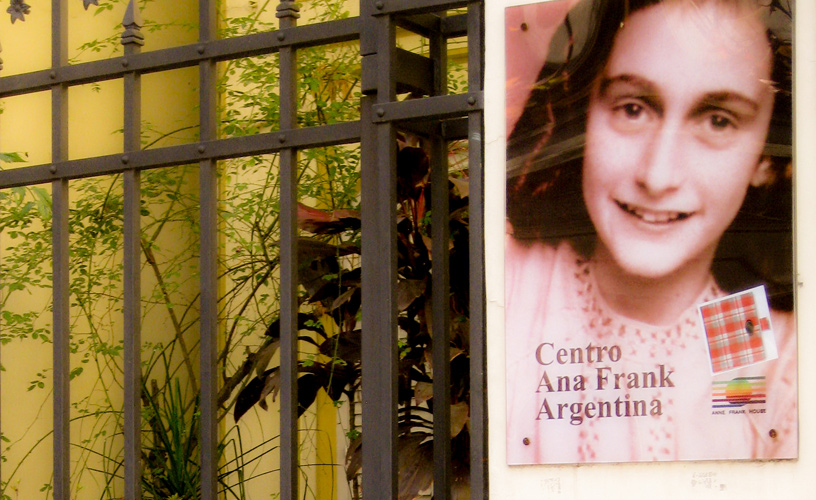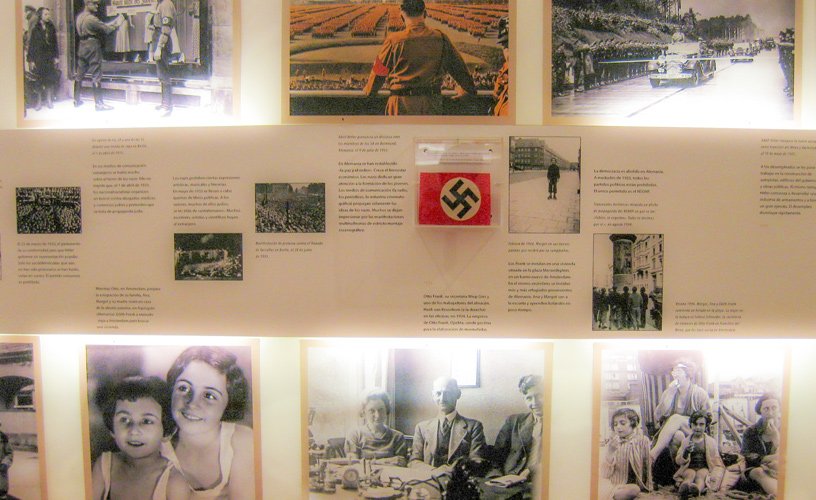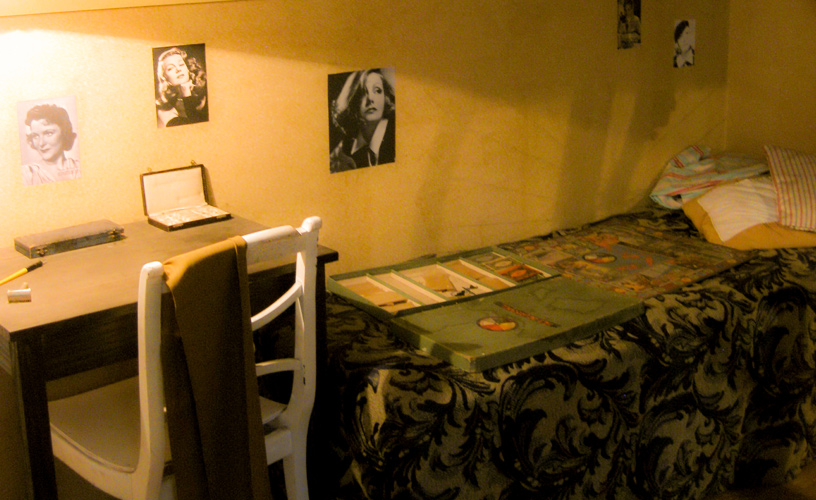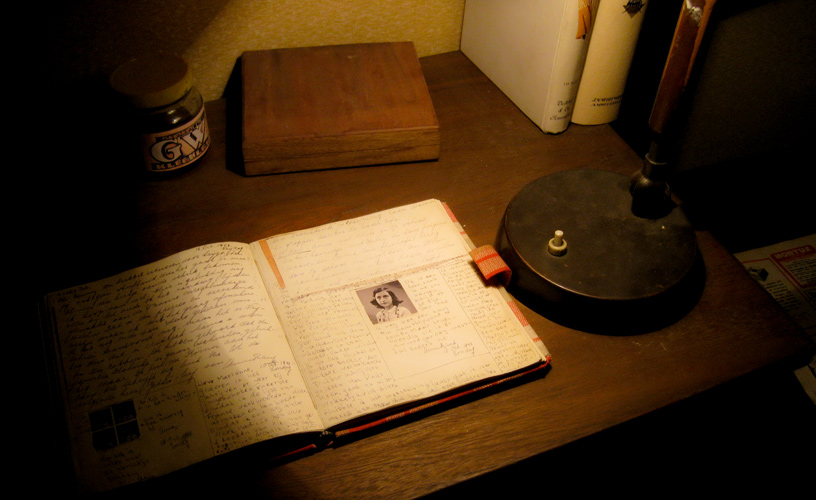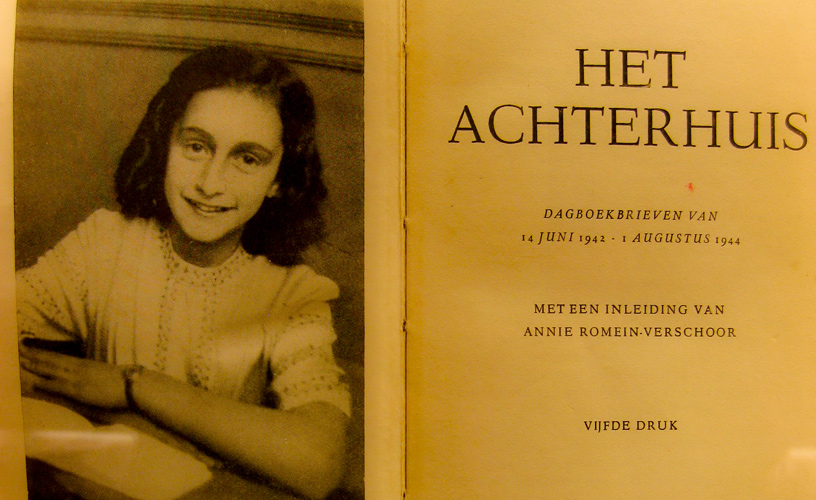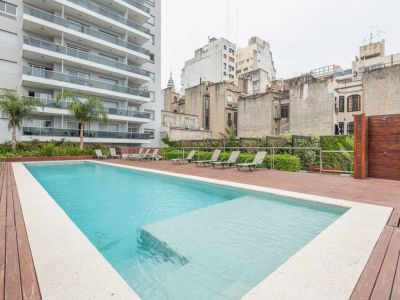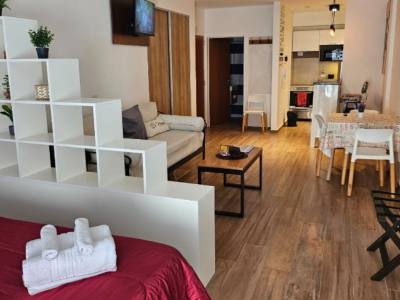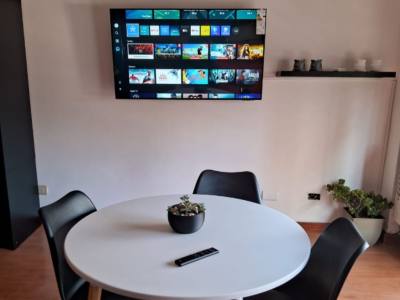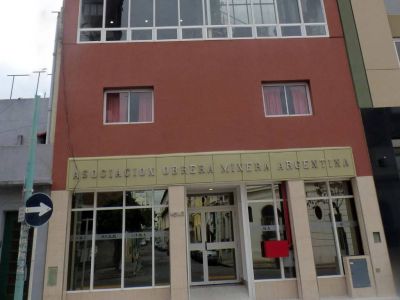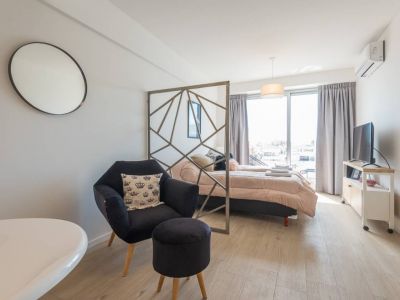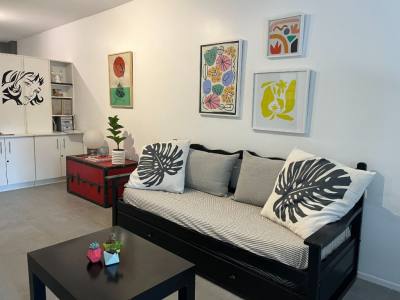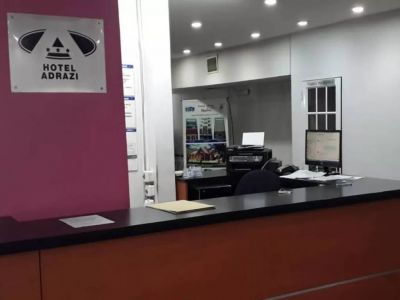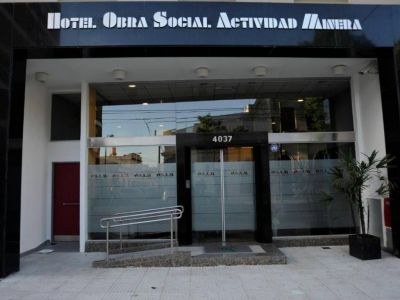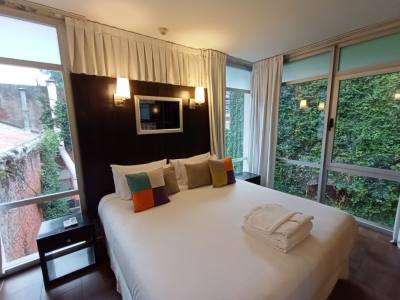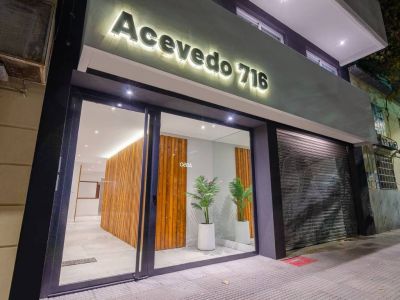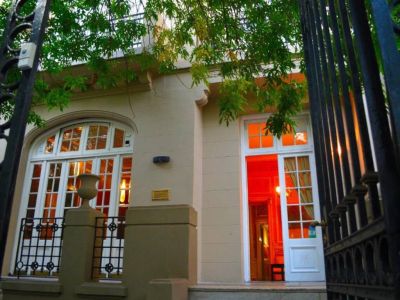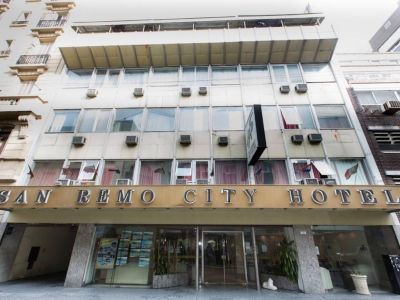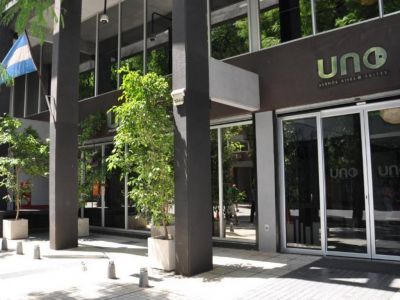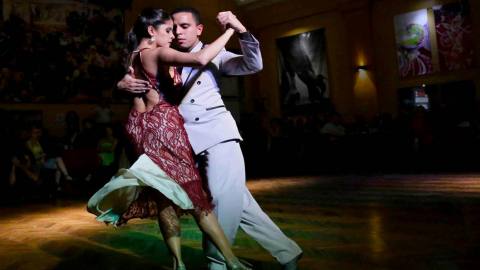We reached Centro Ana Frank in the porteño District of Belgrano, on a sunny afternoon. Nothing looked farther than The Netherlands and the Second World War. We had read that Ana Frank Foundation, in collaboration with a group of Argentinian volunteers, had established this center in a donated house in order to continue the Foundation’s work in Argentina. We went in to learn some more. We were welcomed at the door by one of the volunteers, an eighteen-year-old boy that very kindly showed us around. The tour started on the first floor, where an educational show goes through the history of Nazi Germany and the Second World War, in parallel with the history of the Frank family and Ana’s diary.
Ana Frank’s History
Ana Frank’s name, out of millions of victims of the Final Solution applied by the Nazis during World War II, has become imprinted on collective memory because this teenager succeeded in writing, during the almost two years she was hiding in a factory, a diary in which she gave account of her life. Once the war was over, Otto Frank, Ana’s father, published that diary in the shape of a book, which came to be known as Ana Frank’s Diary.
Ana’s history is interesting not only because of what she had to tell us but also as a reflection of many other stories, other lives that ended just like hers. Centro Ana Frank Argentina attempts to preserve the memory of that past and keep the debate about discrimination and persecution.
Marcos Rodríguez
Marcos Rodríguez
Contact of the excursion or tour
Centro Ana Frank Argentina
Superí 2647, Ciudad de Buenos Aires, Ciudad de Buenos Aires, Agentina
Phone: +54 11-35338505
